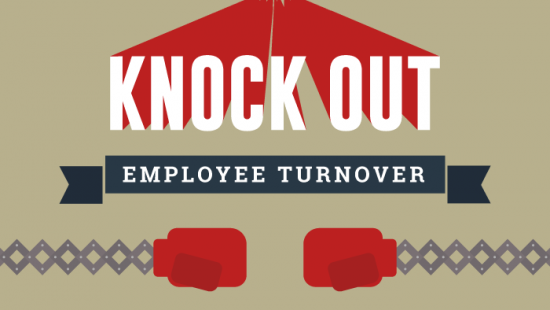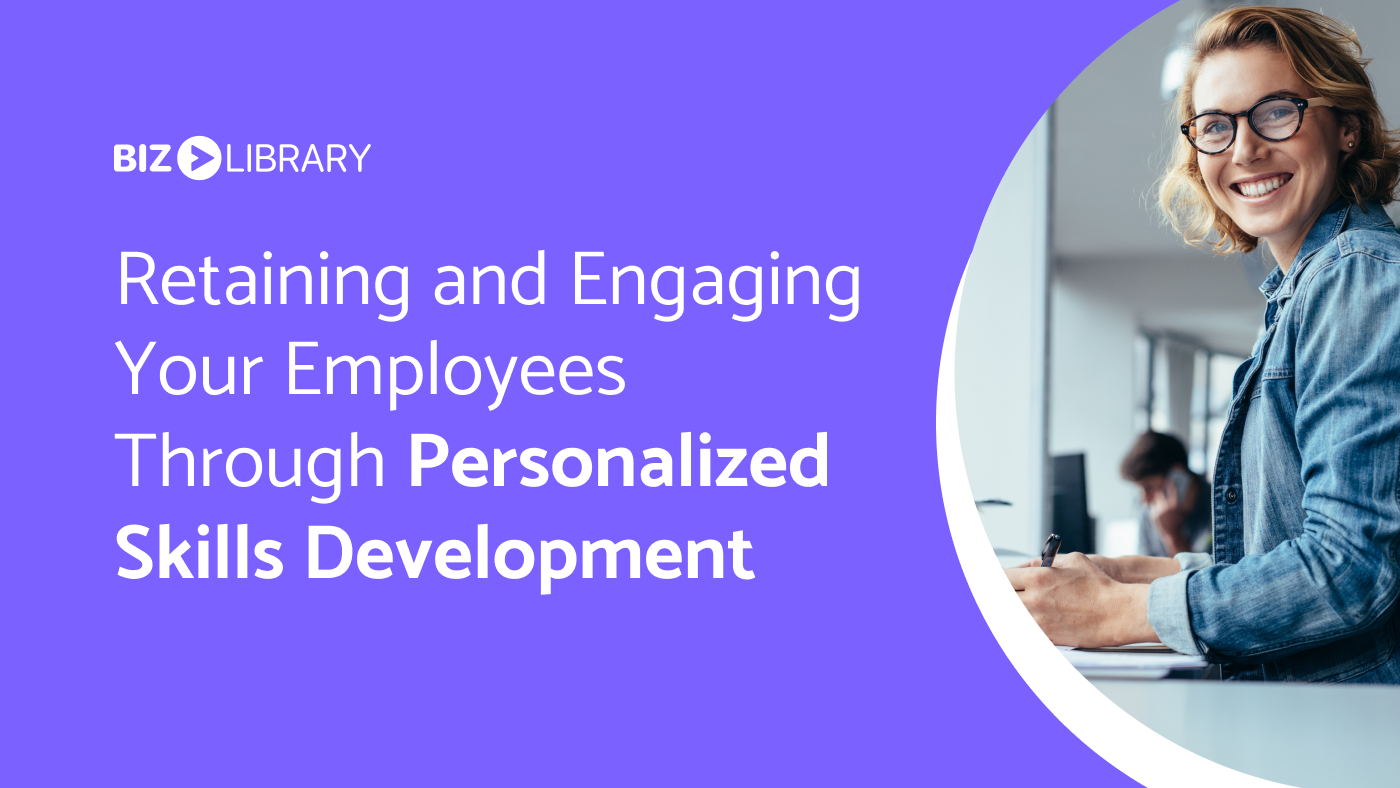Employers across every industry are finding it more and more difficult to retain talented employees and improve employee retention.
In a world that is increasingly competitive, it’s critical to understand why employees leave and why some decide to stay. Understanding what employees value and improving employee retention are strategic moves in keeping your employees.
Let’s look at the proven strategies you can use to improve employee retention in your company.
Why Do We Have High Employee Turnover?
Voluntary employee turnover affects most businesses much more than involuntary turnover.
1 in 4 people quit their jobs in 2021, according to analytics company Visier. And it’s not new workers that are leaving – employees that have five to 10 years at a company have left in higher numbers than ever before.
On top of that, since August 2021, 65% of workers are looking for other opportunities, according to PwC.
As the country moves its way through the pandemic, and the world returns to “normal,” employees are finding the confidence to leave, whether it’s for higher pay and better benefits, getting away from a toxic company culture, finding a role that better fits their skills and interests, or seeking an employer who will invest in their development.
The Cost of Employee Turnover on Your Bottom Line
While most leaders recognize that there are widespread effects and high costs associated with employee turnover, they still may not be prioritizing investments in solutions to this challenge as highly as they should be.
Seeing the cost calculations is a tangible way to prove that investing in employee retention strategies and solutions needs to be a priority in your organization’s budget.
According to Built In, in 2021, it cost:
- $1500 to replace an hourly employee
- 100-150% of a technical employee’s salary
- For highly skilled executives, it can be as significant as 213% of their salary!
When you run the numbers, it’s clearly worth investing in efforts to improve employee retention in your organization.
The big question then becomes, “Which employee retention strategies do we need to focus on?”
The Biggest Factor in Voluntary Employee Turnover
There are a few main reasons that employees leave an employer.
Work Institute’s 2020 Retention Report found that employees quit due to career development (20%), work-life balance (12%), manager behavior (12%), job characteristics (10%), and well-being (9%).
This is important because when employees consider switching jobs, career development ranks highest in their current or a potentially new role.
The younger a generation, the more likely they are to rank professional development as “very important” in a job (Millennials: 45%, Gen Xers: 31%, Boomers: 18%), according to Gallup.
However, development isn’t all about finding people’s weaknesses and filling gaps – a key aspect of the development people are looking to their employers for is building on their strengths. Those that see themselves “doing what they do best” are the people with leaders who recognize their talents and help foster them.
Turn Training into Learning How to Learn
You may be thinking, “Well, we have an employee training program, so is that enough?”
Perhaps it is – if it’s part of a larger initiative to make continuous learning available at your employees’ fingertips.
Many traditional employee training programs have the intention of facilitating continuous learning, but they’re simply not up to the task if they’re limited by outdated technology or only pushing out mandatory training.
Developing your people into strong team players who understand their current and potential value to the organization means providing resources and encouraging a culture that cultivates learning how to learn.
In other words, put your employees in the driver’s seat of their own professional development. Give the people what they want!
How to Improve Employee Retention with Modern Learning Solutions
Outdated training can really affect an employee and their decision to stay. If the employer isn’t willing to invest in updated training, what’s to say they are interested in investing in employees? BizLibrary values our partnerships and clients. We have a portal where clients can submit content requests; and clients can also update their content library collection based off the changing needs in the market.
One BizLibrary client, Integrated Manufacturing and Assembly (IMA), realized the benefits of shifting training to a more self-directed, elective focus, and after doing so, they saw a 15% reduction in their employee turnover rate and saved $130,000 in recruiting costs!
IMA’s improved employee retention goes hand-in-hand with a culture shift from low morale to one of employees being excited and appreciative of the investment IMA has made in their development.
Another way is to utilize our newest offering BizSkills. BizSkills is a skills development platform that allows users to easily customize and automate a personalized training program based on the most important training needs in a given organization. It is personalized and targeted by individual job role.
This way, employees can be put on development plans that provide a more structured learning path personalized to each learner, offering stages of development based on their current skill proficiency OR be given what’s needed to move into other job roles in their organization.
Our solution offers more than 500 off-the-shelf job roles (with ability to customize to your organization), mapped to a library of more than 1500 key skills. Those skills are then linked to our content library, creating an extremely personalized, job-focused development plan for each employee.
Your organization can significantly reduce the number of talented employees who are looking for opportunities elsewhere when you prioritize investing in their professional development, their way.

